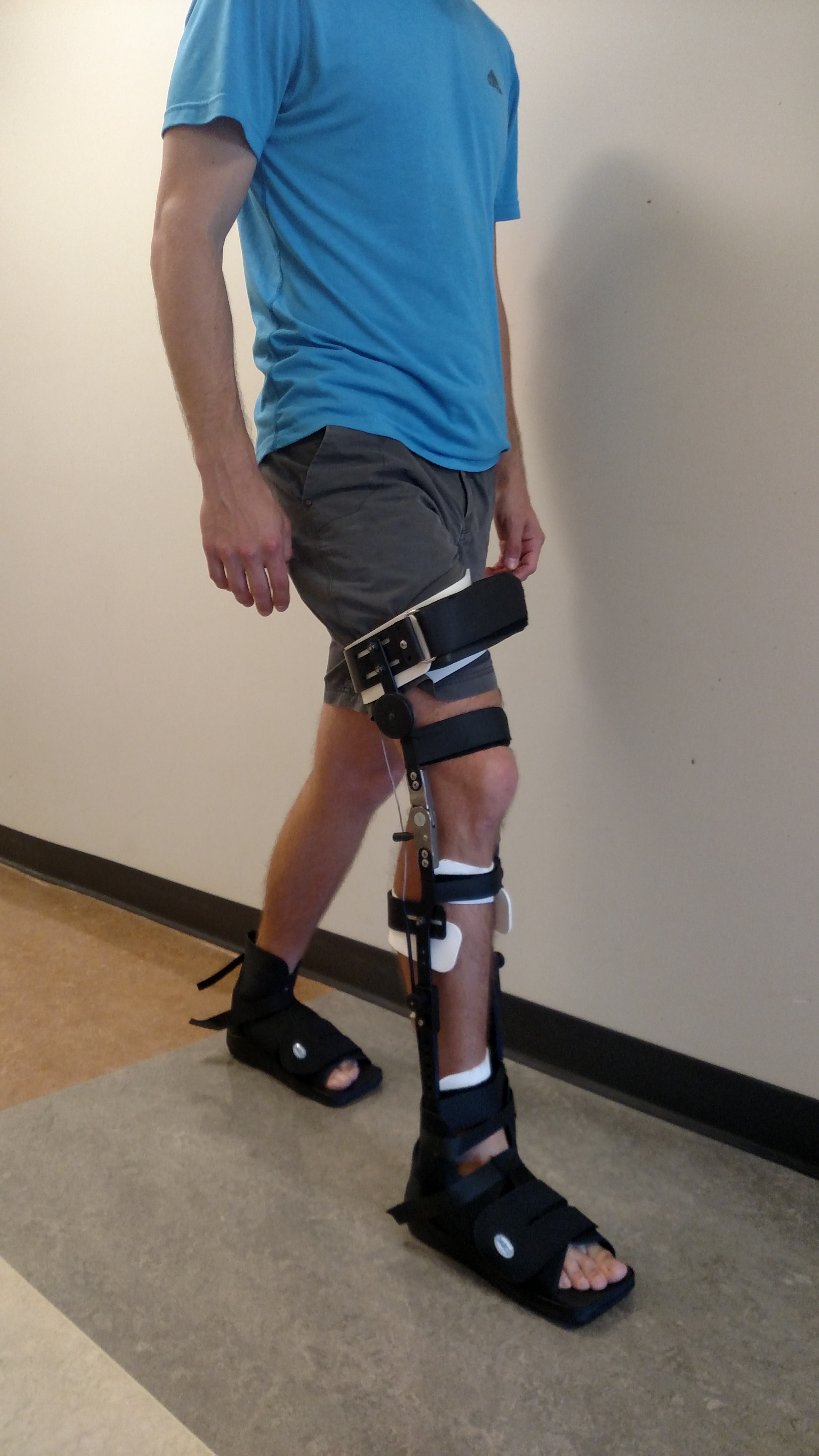Improving walking ability is an important clinical goal for people with hemiparesis after stroke. Frequently after stroke, individuals walk with a slow, asymmetrical, and energy-inefficient gait. In fact, almost one third of people living at home after stroke are unable to walk unsupervised in their communities. This study intends to initiate investigation into an intervention to maximize walking recovery after stroke. Task-specific training and increased repetition of practice are essential elements to optimize walking recovery. Specificity of training and repetition promote activity-dependent plasticity of the central nervous system after stroke. Walking recovery may be maximized by providing appropriate training within the first four weeks post stroke, when potential for neuroplasticity is greatest. Sufficient, high quality movement practice is difficult to achieve for many patients during inpatient rehabilitation due to the severity of gait limitations, yet this is a critical window of time in recovery when repetitive practice is needed to maximize adaptive neuroplasticity. We hypothesize that external support to the affected lower extremity will aid task-specific, repetitive gait training after stroke. Specifically, we will test the immediate effects on gait of external support provided by a stance-control knee-ankle-foot orthosis (SCKAFO). SCKAFOs stabilize the knee in stance and provide limb advancement assistance in swing, facilitating improved gait speed and symmetry compared to walking with conventional locked-knee KAFOs and to walking without orthoses in people with chronic stroke. We expect to see that people with recent stroke walk at faster velocities and with greater stance time and step length symmetry when walking with stance control knee support than when walking without support to the lower extremity. In future studies, we expect to see that by using training SCKAFOs for gait training in short-term inpatient rehabilitation after stroke, individuals can initiate walking practice earlier and at increased intensity, duration, and number of repetitions than would be possible without a SCKAFO. This intense walking practice, in turn, is expected to promote neuroplasticity for appropriate amplitude and timing of muscle activation, resulting in a faster and more symmetrical gait pattern.

Contact Person
Gabrielle Scronce scronce@med.unc.edu
Investigators and Key Personnel
Principal Investigator: Vicki Mercer, PT, PhD Study Coordinator: Gabrielle Scronce, PT, DPT Research Assistant: David Morse, MA Research Methodologist: Wanqing Zhang, PhD Co-Investigators: Carty Braun, PT, DPT Susan Gisler, PT, DPT Michael Lewek, PT, PhD Angela Lipscomb-Hudson, MD, PhD
Primary Funding Source
Administration for Children, Youth and Families
Comments:
Project funded by LSVT Global Project collaboration with UNC Health Care Inpatient Rehabilitation Center Pragmatic trial
